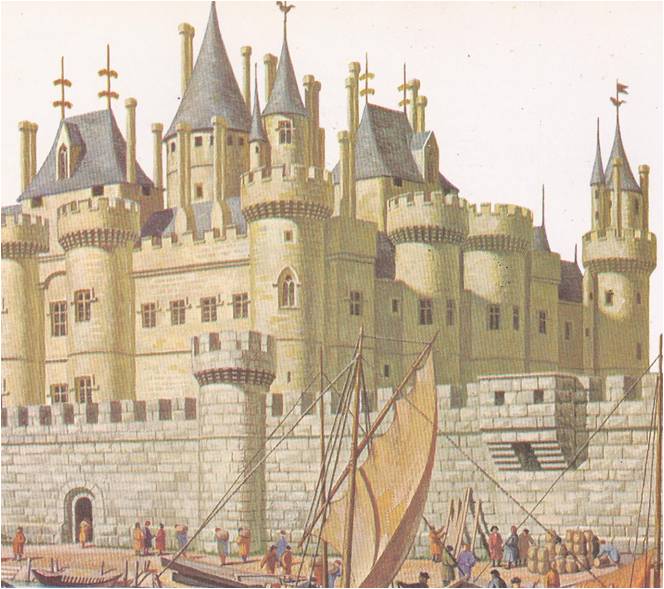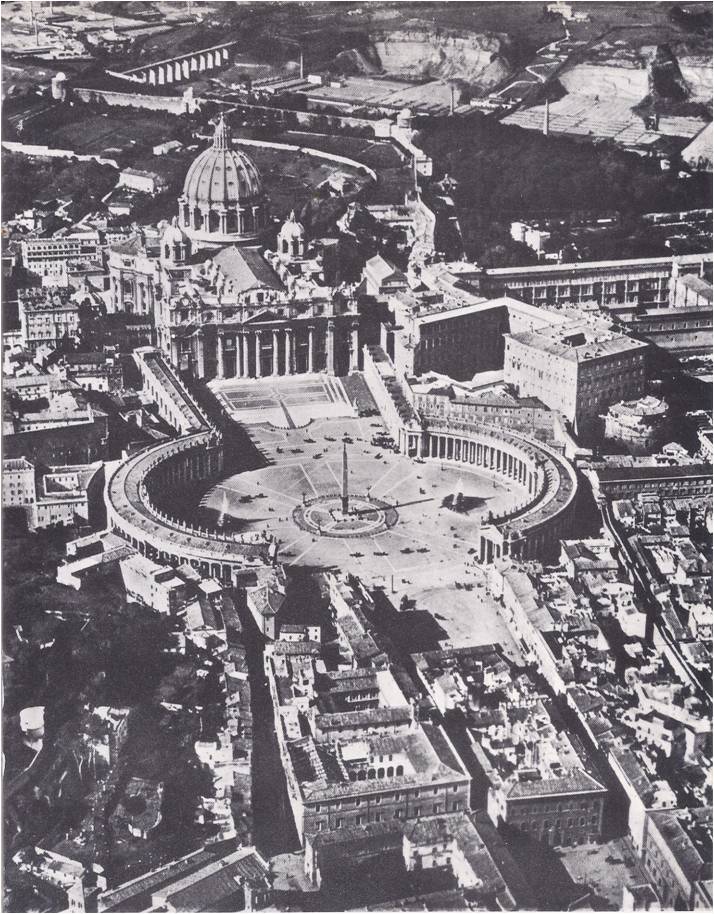In all Europe there was no greater admirer of Italy than Francis I, king of France. Francis practiced Italian manners in his court, built Italian palaces in his parks and kept Italian books in his library. He collected Italian paintings and the artists who painted them. Indeed, the king admired Italy so much that he wanted to conquer it all. Francis was not the first ruler to feel these strong Italian longings. In England, Spain and Germany, kings and princes were busily remodeling their courts, their castles and themselves in the Italian manner. Though the little states of Italy were growing poor and weak, it seemed that every richer, stronger nation in Europe was struggling to catch up with them. Actually, it was the Renaissance that Francis and the others were striving to match — the displays of splendour, the well-bred elegance of the courts, the wisdom, and of course, the riches. Western Europe was waking up to the new age, after long years of poverty, confusion and fear brought on by the wars and plagues that destroyed the old world of chivalry. Through the Alps from Italy came an army of peaceful invaders, merchants first, then artists and men of learning. Along with their bolts of wool and Silk, their books and paintings, they brought the Renaissance. The Europeans, gradually stirring with the excitement of the new age, turned to Italy where its wonders had first appeared. Some sent their scholars and artists to Italy to study. Some, like the French, sent their troops. In 1494, little Charles VIII of France clapped a gilded helmet over his shaggy red hair, marched down the peninsula and conquered Naples. For three months he paraded about his new city, while four embarrassed Neapolitan noblemen trotted beside him, holding a golden canopy over …
Read More »Rome, the City of the Pope 1492-1564
In 1492, young Giovanni de’ Medici bade farewell to his father, Lorenzo the Magnificent and left Florence to take his place in Rome among the cardinals of the church. At sixteen, Giovanni was a nobleman in the court of the pope, a man of influence and power. That was fortunate, for when Giovanni was eighteen, his family’s power collapsed. The Florentines drove the Medici from their city and Giovanni, who had come home for a visit, narrowly escaped being stoned by the citizens who once had cheered him. As he crept out of the city, disguised as a poor friar, he swore that he would one day return in triumph. First, he thought, he must look to his career in the church. Whatever the Florentines did, he was still a cardinal and in the papal court there were many ways for a clever man to rise to greatness. When he had crossed the Tuscan border, Giovanni threw off his humble disguise, put on the crimson robes and red hat that marked him as a “prince of the church” and took the road that led to Rome. The young cardinal was not alone in hoping to make his fortune in Rome. Indeed, the old city teemed with ambitious men of every sort — scholars and scoundrels, diplomats and spies, millionaires and fortune-hunters, priests and professional murderers. Rome had known every sort of splendour and evil. Memories of unmatched elegance and unbelievable cruelty lingered in the ruins of temples and arenas built by ancient emperors. Grim fortress-houses were reminders of an age of violence, when the bloody feuds of rival clans of nobles had turned Rome into a ghost city. Now there were new mansions, palaces and lofty churches. A new magnificence had come to Rome with the gold that poured into …
Read More »

